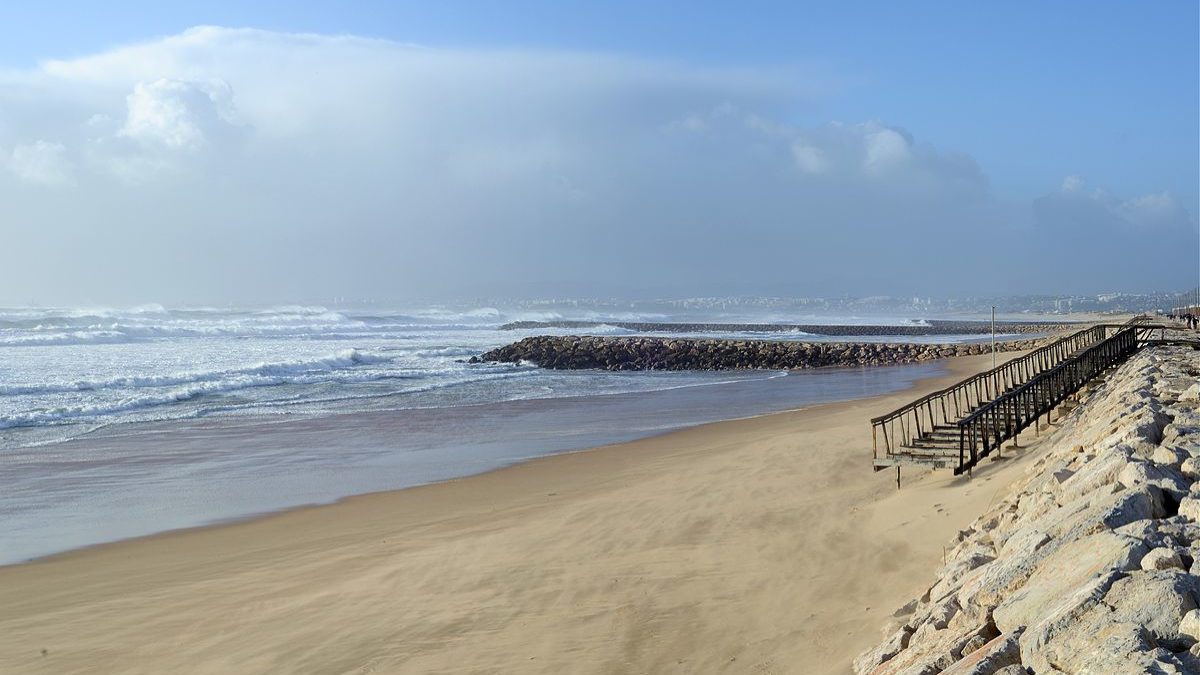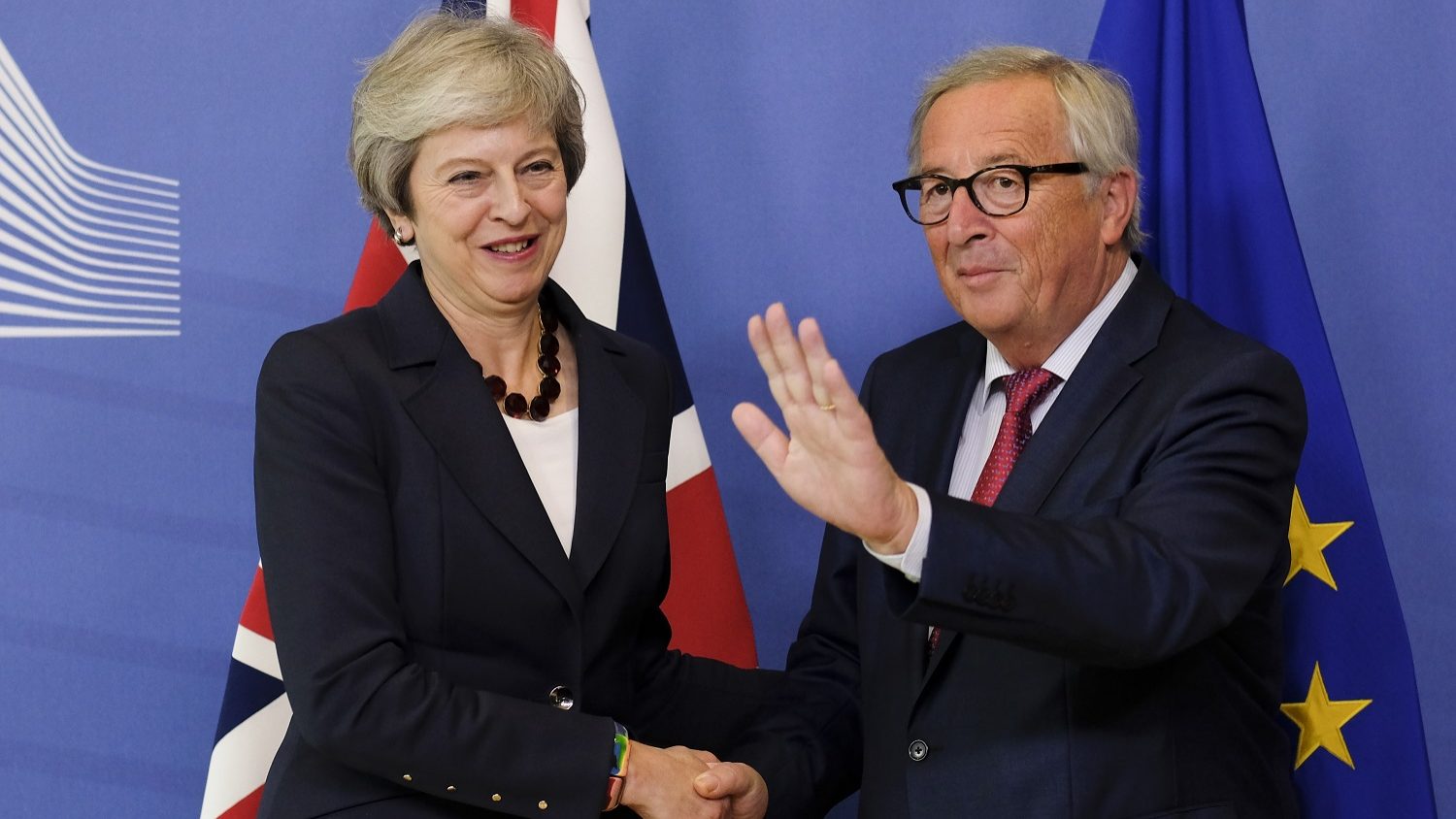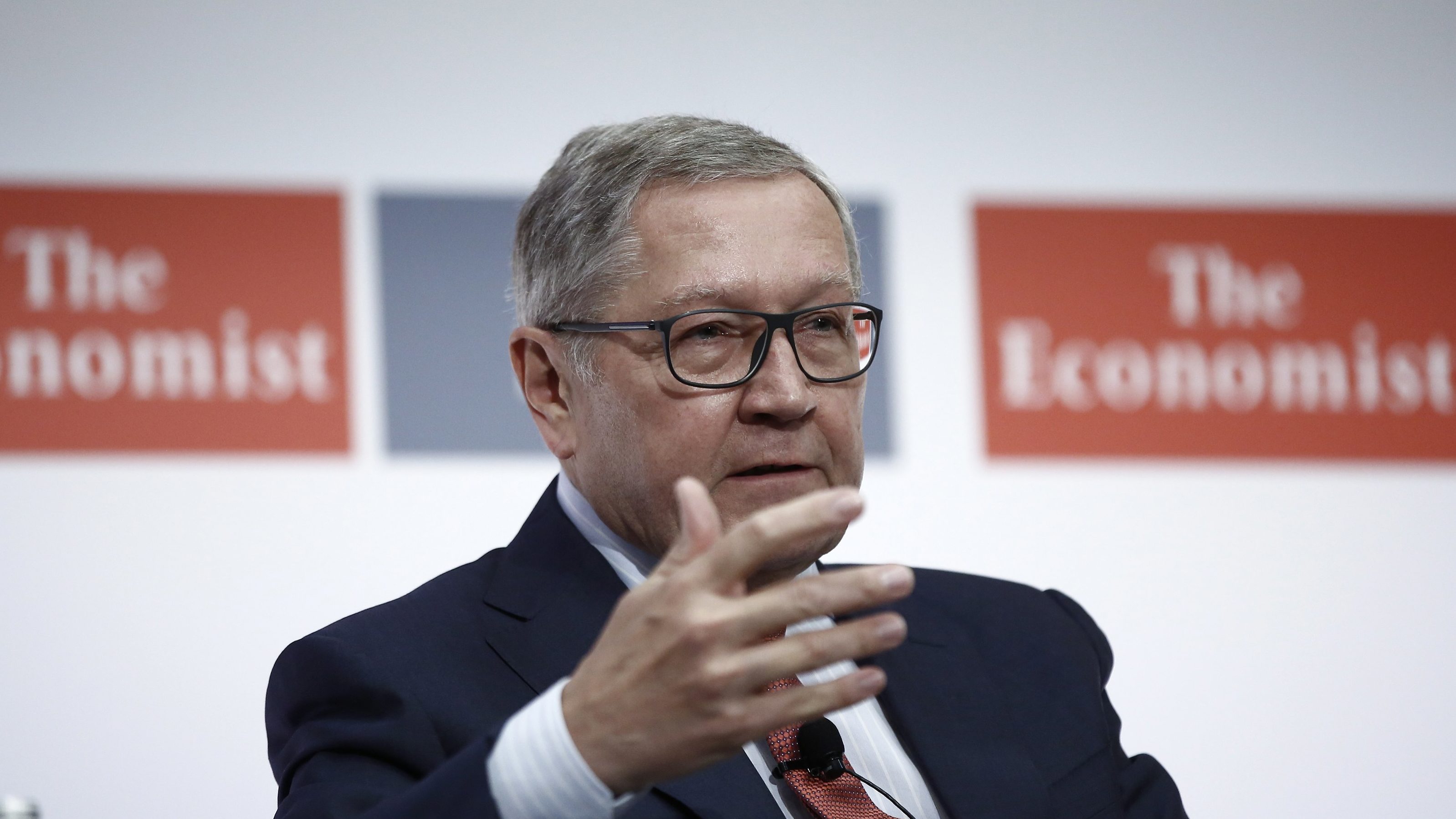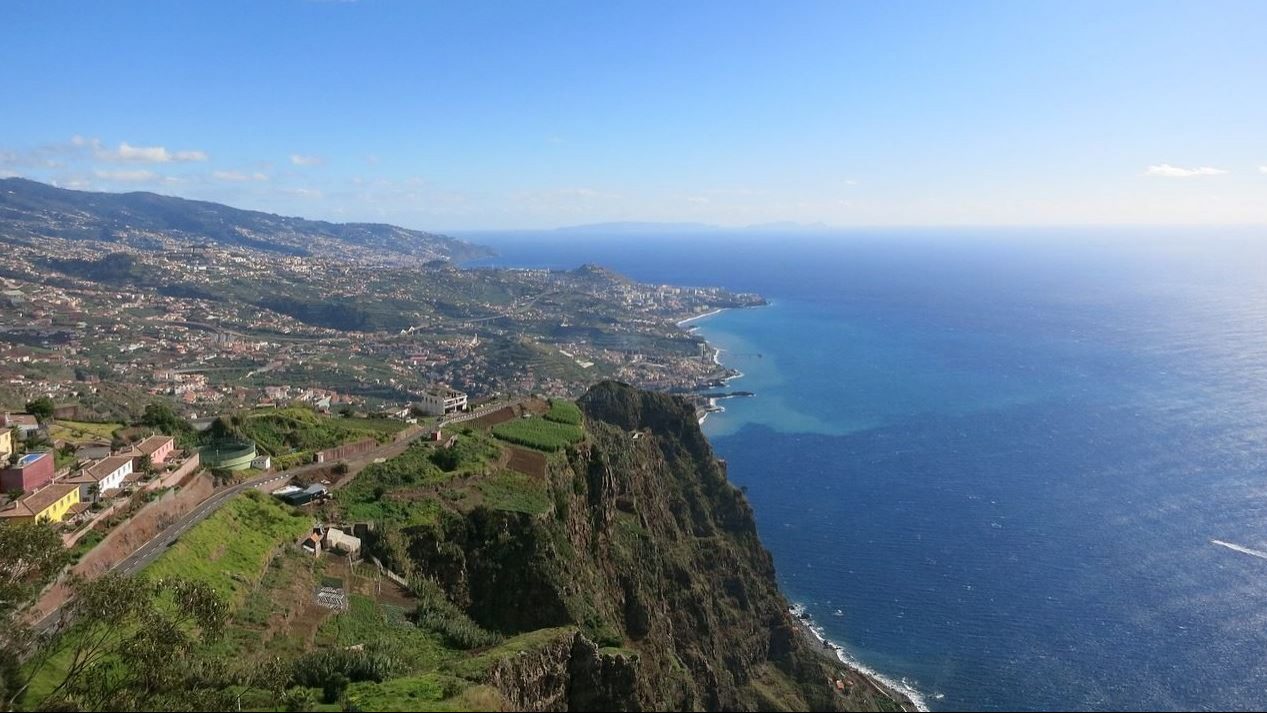House prices increased 10% last year. Increase rate decelerated on the last quarter
Buying a house in Portugal is increasingly more expensive. The price rise is more noticeable in older properties. Last year, a total of 178 thousand houses were sold, up 16.6% year on year.
House prices keep on rising. Last year, according to the data released by the Institute for National Statistics, house prices went up by 10.3% in comparison to the previous year, having decelerated slightly by the last quarter of the year. As for the number of houses sold, it increased by 16.6% in 2018, generating a total of €24.1bn.
“In 2018, the house prices’ trajectory continued to move up, maintaining the growth trend”, INE shows. There was an increase of about 10.3% in one year, which accounts for a difference of 1.1 percentage points, in comparison to last year.
Between January and December last year, 178.691 houses were traded, which represents a 16.6% increase in comparison to the same period last year. These transactions totalled €24.1 bn, which also means there was a 24.4% year-on-year increase.
Prices keep rising, but at a slow pace
In the fourth quarter of 2018, prices went up by 9.3% (up 0.8 percentage points) in comparison to the previous quarter, which inverts the deceleration trend registered in the two previous quarters”, INE shows. However, if compared with the fourth quarter of the previous year of 2017, we observe that the house prices had escalated by 10.5%.
During the last quarter of 2018, house sales generated €6.2bn, which represents a 10.7% increase in comparison to the same period last year, whereas it shows a 1.6% drop in comparison to the third quarter of 2018.
Still looking at the last quarter of 2018, a total of 46.421 properties were traded, which represents a 9.4% YoY increase. The variation rate in Q4 was the lowest observed that year, and the first which stood below the two-digit figure since the last quarter of 2014.
Price increase more noticeable for previously owned houses
The price growth dynamic, albeit being witnessed in the different types of housing, was more noticeable for previously owned houses (11%), than new properties (7.5%), as INE also shows.
The same trend was witnessed in the number of transactions registered in each typology: previously owned houses’ sales went up by 17.5% while new properties’ sales increased 11.6%, which also contributed for the valuation of the first category.
The difference in the number of transactions in each of those categories has been continuously declining for the last three years.




